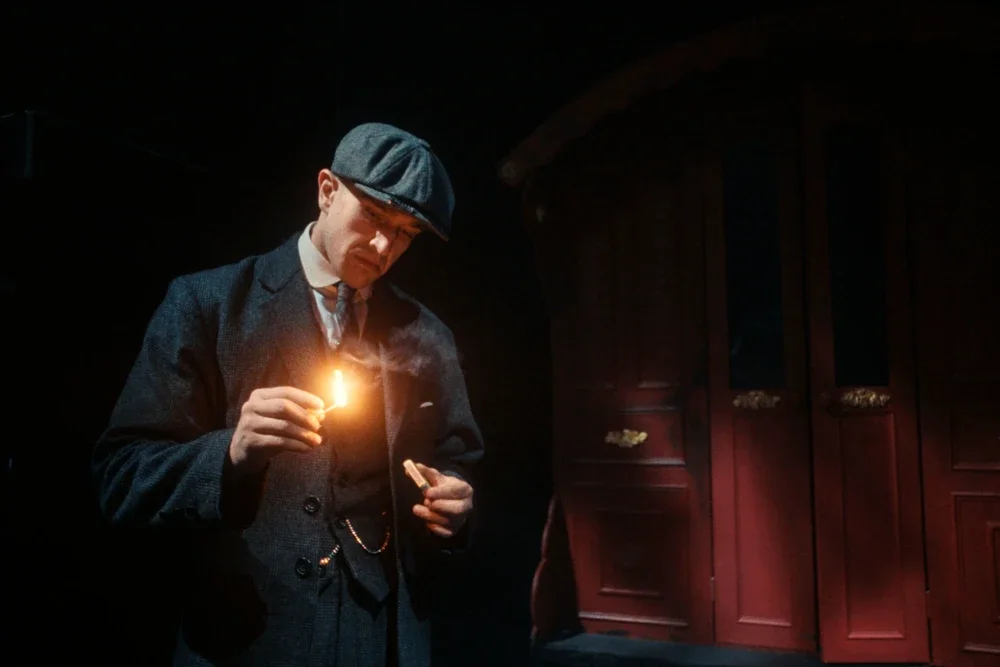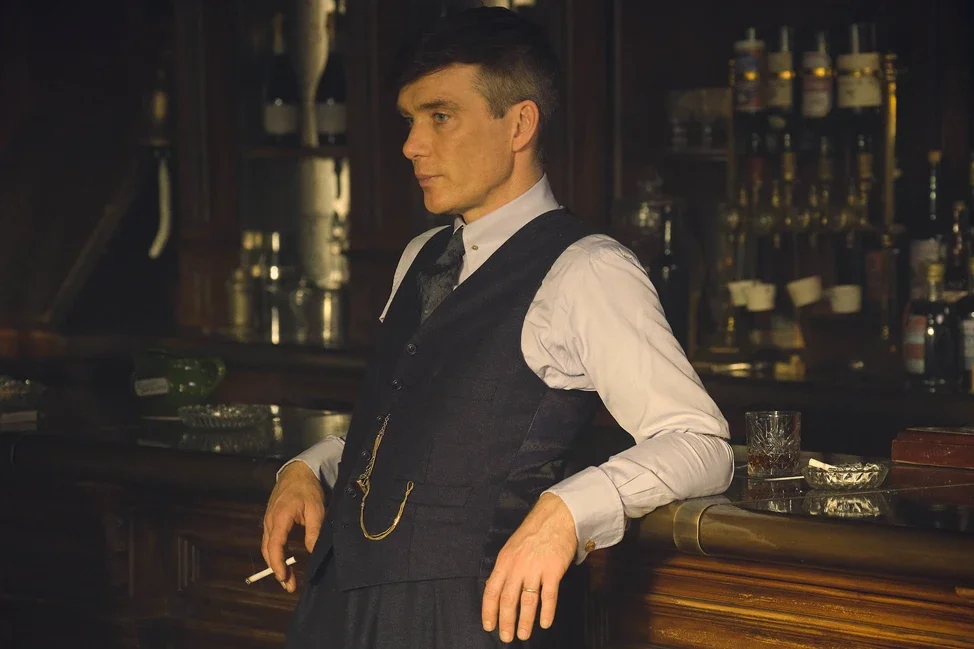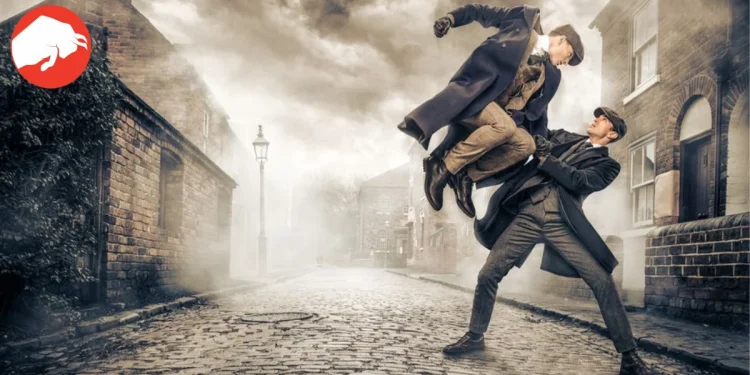The Artistic Evolution of Tommy and Grace’s Tale
In the heart of Birmingham, a fresh narrative unfolds under the spotlight. “Peaky Blinders: Rambert’s The Redemption of Thomas Shelby” is not just a continuation of the iconic TV series; it’s a revolutionary interpretation through contemporary dance. Steven Knight, the mind behind the original gangster saga, collaborates with Benoit Swan Pouffer to reimagine the tumultuous journey of Tommy and Grace. It’s their love story, retold with an emotional depth that only dance can convey.
“This is very much Tommy and Grace. It’s their love story,” says Steven Knight, affirming the emotional core of the performance.

From Violent Grace to Balletic Moves
Peaky Blinders, known for its gritty portrayal of early 20th-century gangsters, has always danced on the edge of violence and beauty. Knight sees this adaptation as a natural extension of the series, delving deeper into the psyche and the physicality of the Shelby family. The stage becomes a canvas for the intricate dance of power, love, and survival, soundtracked by the haunting melodies of Nick Cave and narrated by Benjamin Zephaniah.
Reimagining History and Family Lore
Steven Knight’s narrative isn’t just a tale of crime; it’s a personal journey back to his roots, a reclamation of family history and Birmingham’s lore. The story begins in the trenches of the First World War, a period that dramatically shaped the Shelby family’s destiny. Dance becomes the medium to express the inexpressible horrors and transformations of the time.
“The First World War is when their characteristics were altered so dramatically,” explains Knight, providing a deeper understanding of the characters’ evolution.
Empowering Women in the Shelby World
While the TV series celebrated strong female characters, the dance adaptation elevates their status further. Women like Polly and Ada are not just supporting characters but pivotal figures running the streets of Birmingham. Their influence and control over the gambling rings and family dynamics are brought to the forefront through expressive dance sequences.

The Unseen Dance of Politics
The adaptation is more than a personal story; it’s a political commentary on the era. Knight and Pouffer creatively use dance to represent the rise of fascism and the monotonous, oppressive nature of factory work. The unification of movement on stage reflects the collective struggle and the dangerous allure of fascist ideology.
“There is a relationship between fascism and repetitive factory work,” Knight observes, drawing a parallel between politics and choreography.
The Emotional Journey of Creation
The journey from conception to stage has been an emotional one for both Knight and Pouffer. Witnessing the transformation of their ideas into a physical performance has been both challenging and rewarding. The standing ovations and the audience’s emotional response reaffirm their dedication to storytelling, whether through scripts or dance.
“I have seen him being very emotional throughout the process,” Pouffer shares about Knight, highlighting the emotional investment involved.

A Symphony of Ambitions
Even as the dance adaptation receives acclaim, Knight doesn’t rest. His work on a Peaky Blinders film script continues, promising another layer to the Shelby saga. Meanwhile, he dreams of new artistic collaborations, possibly even a symphony, reflecting his limitless creative vision and commitment to his hometown of Birmingham.
Knight’s journey with “Peaky Blinders: Rambert’s The Redemption of Thomas Shelby” exemplifies the transformative power of art. It’s a testament to the enduring appeal of the Shelby family’s story and its ability to inspire across mediums. From the streets of Birmingham to the global stage, the saga continues to evolve, touching hearts and challenging minds. With every step and beat, the legacy of the Peaky Blinders marches on, a balletic blend of love, power, and redemption.









